A smelly sink drain can disrupt the comfort of your home, turning a functional space into a source of unpleasant odors. These smells often stem from trapped food particles, grease, or bacterial buildup within the pipes. Knowing how to clean a smelly sink drain is essential for maintaining a fresh and hygienic environment. This guide provides step-by-step methods using natural cleaners like baking soda, vinegar, and lemon, alongside tips for addressing stubborn odors with enzyme cleaners or professional assistance. By following these practical solutions and implementing preventive measures, you can enjoy a clean, odor-free sink that enhances your kitchen or bathroom’s appeal and functionality. Let’s restore freshness today!
Understanding the Causes of a Smelly Sink Drain
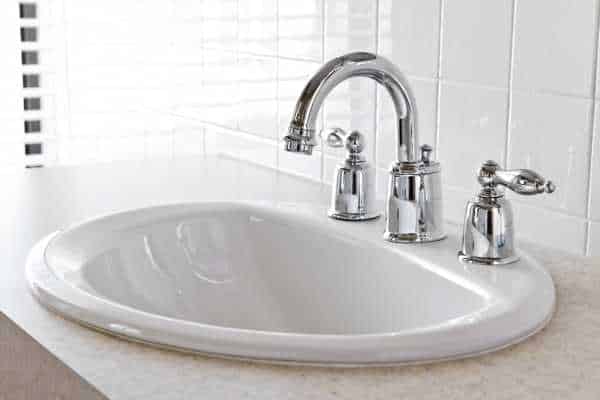
Unpleasant odors from a sink drain often result from trapped food particles, grease buildup, or stagnant water in the pipes. Over time, these materials decompose, creating a breeding ground for bacteria and mold, which release foul smells. Soap scum and hair accumulation can also contribute to clogs that worsen the problem. In kitchen sinks, leftover food debris or grease is a common culprit, while bathroom drains frequently encounter issues with hair and soap residue. Understanding these causes is the first step toward resolving the issue effectively. By identifying the source, you can choose the right cleaning methods to restore freshness and prevent future odors in your sink drain.
Tools and Materials You’ll Need for Cleaning
To effectively clean a smelly sink drain, gather essential tools and materials for the job. You’ll need baking soda, white vinegar, and boiling water for natural cleaning solutions. A soft brush or old toothbrush can help scrub stubborn buildup in hard-to-reach areas. Lemon or citrus peels add freshness, while a drain snake or plunger is useful for removing clogs. Enzyme-based drain cleaners are ideal for breaking down organic waste safely. For garbage disposals, ice cubes and salt can remove debris effectively. Having gloves and a bucket nearby ensures a mess-free process. With these tools ready, tackling smelly drains becomes easier and more efficient, leaving your sink fresh and clean.
How to Identify the Source of the Smell
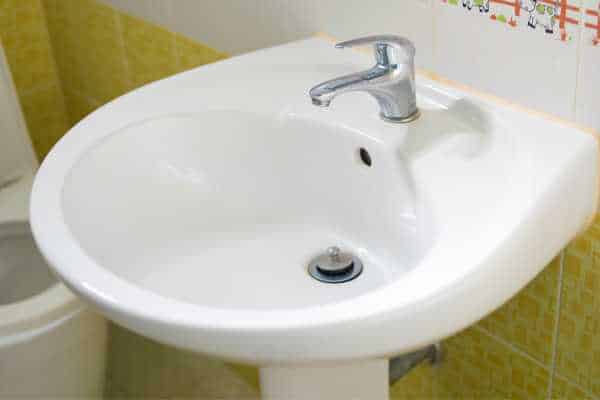
Identifying the source of a smelly sink drain begins with inspecting common culprits like food debris, grease buildup, or standing water trapped in the pipes. Check if the garbage disposal contains leftover scraps or if hair and soap residue are clogging the drain. Remove the drain cover to look for visible obstructions that may be causing odors. Sniffing near the sink or drain opening can help pinpoint the smell’s intensity and location. If the odor persists, it could indicate deeper issues, such as bacteria buildup in the P-trap or sewer gas leakage. Understanding the source ensures you can apply the right cleaning method to eliminate the smell effectively.
Using Baking Soda and Vinegar to Eliminate Odors
Eliminating odors from your sink drain with baking soda and vinegar is both effective and eco-friendly. Start by pouring half a cup of baking soda directly into the drain, followed by one cup of vinegar. The mixture will fizz, breaking down grease, grime, and bacteria that cause unpleasant smells. Allow it to sit for 15-20 minutes to work effectively. Finish by flushing the drain with boiling water to wash away the loosened debris and neutralize remaining odors. This natural cleaning method not only removes smells but also prevents clogs, keeping your sink drain clean and fresh. Repeat weekly for long-lasting results and a hygienic home environment.
Flushing the Drain with Boiling Water
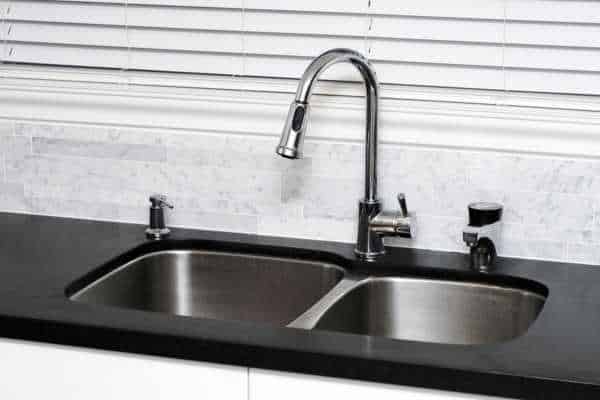
Using boiling water is an effective and simple way to keep your sink drain clean and odor-free. Boiling water helps dissolve grease, soap residue, and small particles that may be stuck in the pipes, preventing them from causing unpleasant smells. To flush the drain, boil a pot of water and carefully pour it directly down the sink in stages, allowing the heat to work through the buildup. Repeat this process weekly or after washing greasy dishes to maintain a fresh-smelling drain. For stubborn blockages, follow the boiling water with a mixture of baking soda and vinegar to enhance its cleaning power and ensure long-lasting results.
Cleaning the Drain with Lemon and Salt
For a natural and effective way to freshen your drain, use lemon and salt. Start by cutting a lemon in half and sprinkling coarse salt over the cut surface. Scrub the drain opening with the lemon, allowing the salt to act as an abrasive to remove grime and odors. Squeeze the lemon juice into the drain and let it sit for a few minutes to break down grease and bacteria. Follow up by flushing the drain with hot water to wash away the residue. This simple method not only cleans but also leaves your sink smelling fresh and citrusy, making it an eco-friendly alternative for regular sewer maintenance.
How to Use Enzyme Cleaners for Persistent Odors
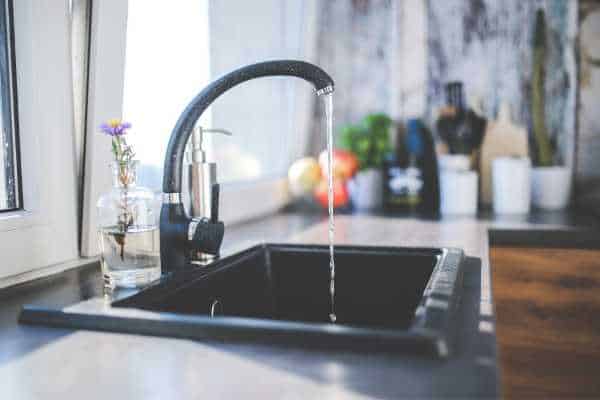
Enzyme cleaners are an effective solution for tackling persistent sink drain odors caused by organic buildup. These cleaners use natural enzymes to break down grease, food particles, and bacteria without harming your pipes. Start by selecting a high-quality enzyme cleaner designed for drains, and carefully follow the product instructions. Pour the recommended amount into the sewer, allowing it to sit overnight for maximum effectiveness. Avoid warm water to clear away loosened debris. Regular use of enzyme cleaners keeps your sink smelling fresh and prevents future odor issues, ensuring long-lasting cleanliness.
Removing Clogs and Debris from the Drain
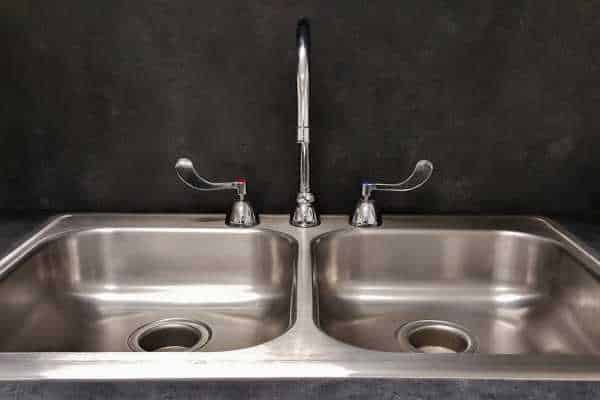
Removing clogs and debris from clean a smelly sink drain is crucial for eliminating unpleasant odors and ensuring proper drainage. Begin by using a plunger to dislodge any blockages that may be near the surface. If the clog persists, consider using a sewersnake to reach deeper into the pipes and break up stubborn debris. A mixture of baking soda and vinegar can also help to loosen grime, while hot water flushes away the remaining particles. For regular maintenance, avoid sending food scraps, grease, or large items down the sewer, as these can quickly cause buildup. These simple steps will keep your sewerclear, fresh, and functioning smoothly.
Cleaning the Garbage Disposal to Remove Smells
Cleaning your garbage disposal regularly is key to preventing unpleasant odors in your sink drain. Start by pouring a mixture of baking soda and vinegar down the disposal, followed by hot water to flush it out. For a deeper clean, grind citrus peels, such as lemon or orange, to help neutralize smells and freshen the sewer. Ice cubes and rock salt can also be used to dislodge trapped debris and clean the disposal blades. Remember to rinse thoroughly with hot water to remove any leftover residue. By maintaining your garbage disposal, you can effectively eliminate bad smells and keep your sink area fresh and clean.
Preventive Tips to Keep Sink Drains Smelling Fresh
To keep your sink drains smelling fresh, regular maintenance is key. Start by flushing the drain with hot water once a week to help clear grease and residue. You can also use a mixture of baking soda and vinegar to neutralize odors and break down buildup. Avoid pouring grease, coffee grounds, or large food particles down the sewer , as they can create clogs and unpleasant smells. Installing a sewer strainer helps catch debris before it enters the pipes. For added freshness, grind citrus peels in the disposal or pour a few drops of essential oils down the sewer. These simple habits will keep your sink sewer fresh and clean year-round.
Conclusion
Knowing how to clean a smelly sink drain can save you from dealing with persistent odors and clogged pipes. By regularly using natural cleaning methods like baking soda and vinegar, along with preventive steps such as hot water flushes and avoiding grease buildup, you can maintain a fresh-smelling sink sewer. If odors persist, consider using enzyme cleaners or seeking professional assistance. With consistent care and maintenance, your sink can stay clean, hygienic, and free from unpleasant smells. Start applying these tips today, and enjoy a cleaner, fresher sink that enhances the overall atmosphere of your kitchen or bathroom.

